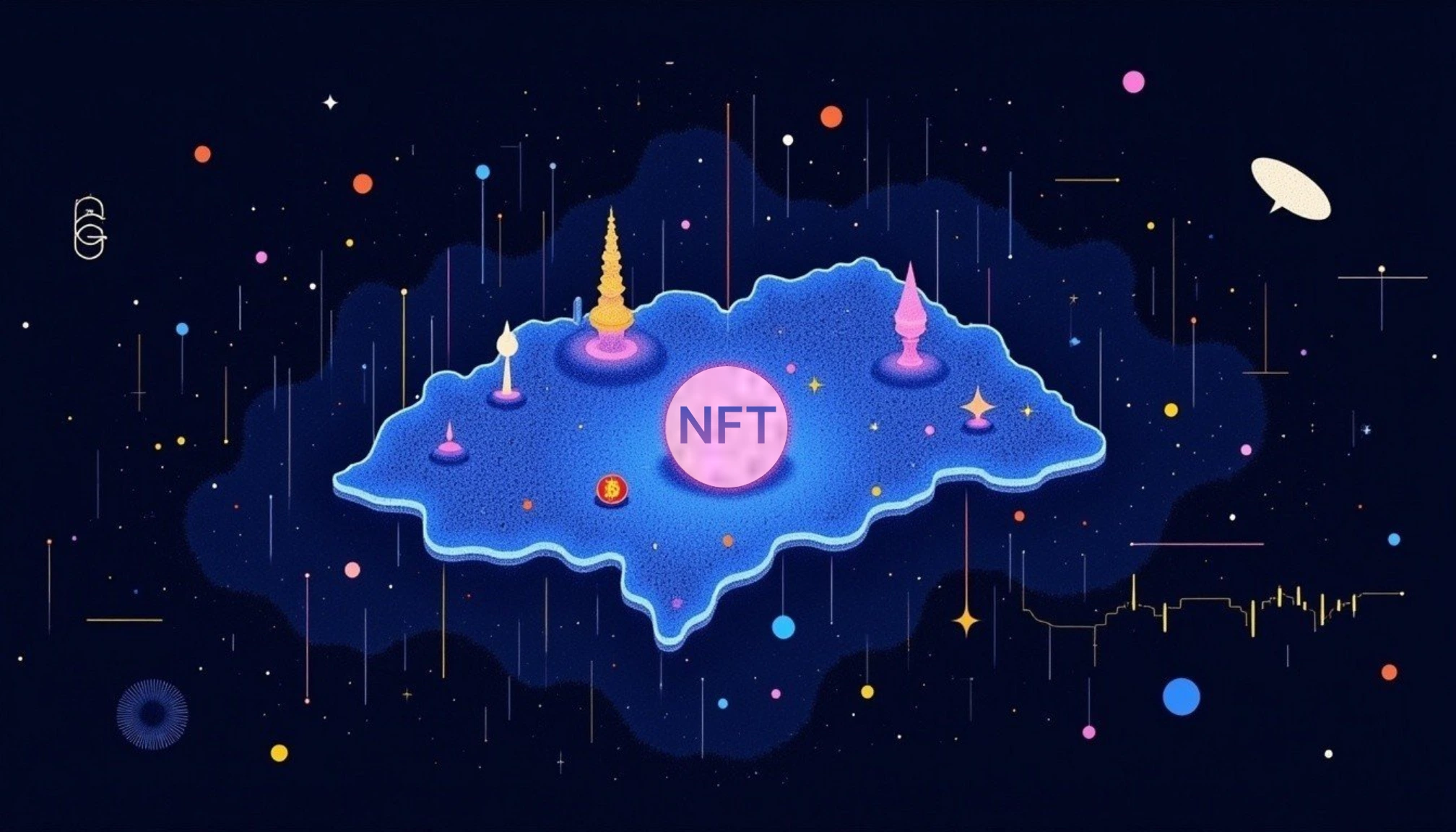- South Korea’s Jeju Island will launch NFT-based tourist cards in 2025
- This will allow features like tourism subsidies and discounts
- NFTs will be integrated with the local stablecoin Tamna Jeon
South Korea’s Jeju Island is set to introduce an NFT-based travel card system in 2025 to boost the island’s economy, especially among the young and tech-savvy population. This NFT-based card system will allow for features like discounts and subsidies, and will also be integrated with the local stablecoin Tamna Jeon.
More About Jeju Island’s Digital Transformation
Jeju Island has been striving to realize digital transformation with a focus on blockchain since 2018 but has met resistance due to South Korea’s strict regulations regarding ICOs and NFTs. Specifically, regulators in Seoul ruled that NFTs are speculative and not protected by law, and have no real value and banned their use in the gaming industry.
Yet, 2019 still saw the launch of its own Tamna Jeon stablecoin, which is used for tourist cards and incentivizes buyers and sellers. Now, Jeju Island is pursuing these initiatives and is pushing to develop solutions to integrate NFT into the Tamna Jeon tourist card and stablecoin system.
According to CNB News, this NFT can be implemented for those who have passed the Olle section, and discounts can be given to these NFT holders.
“NFTs can be issued for each type of tourism, such as restaurants, museums, and Oreum, to organize them as a collection. In addition, when distributing livestock and fish products such as Jeju black pork, Hallabong, and cuttlefish, you can definitely prove the origin of Jeju, or you can use NFTs for donations, currency exchange, and payments. All of this is aimed at boosting the island’s economy and attracting a younger and tech-savvy generation of visitors while expanding and improving services.”
Island’s governor, Oh Young-hun is pushing for a change in norms for the NFT:
“This year, we are focusing on digital transformation and preparation step by step, and its core is in line with Web 3.0. It is possible to apply the new Web 3.0, including the use of NFT in all areas of the process, so I hope we will discuss ways to take another step forward.”
Conclusion
We can see this as a possible example of initially valuable technology experiencing excessive attention, a downturn after, and finally finding its true use, showing its benefits.
Of course, regulators are not yet keeping up with possible initiatives, but other jurisdictions are already approaching this trend, and perhaps here we are in for an update regarding this development.






